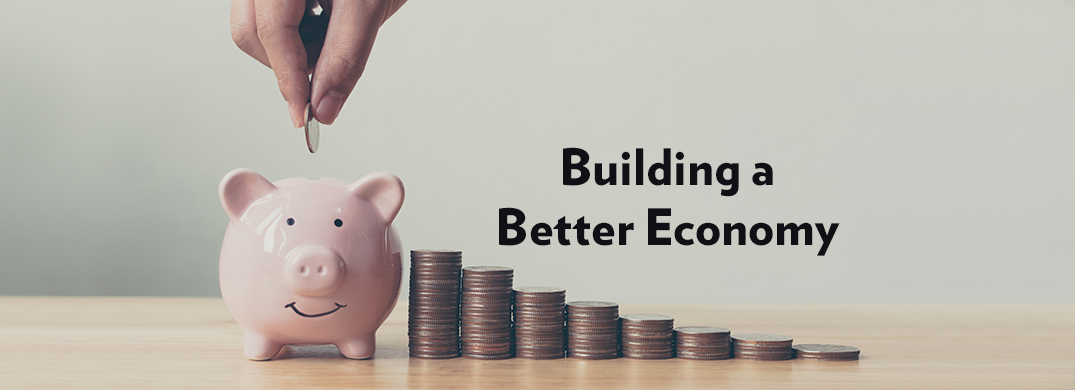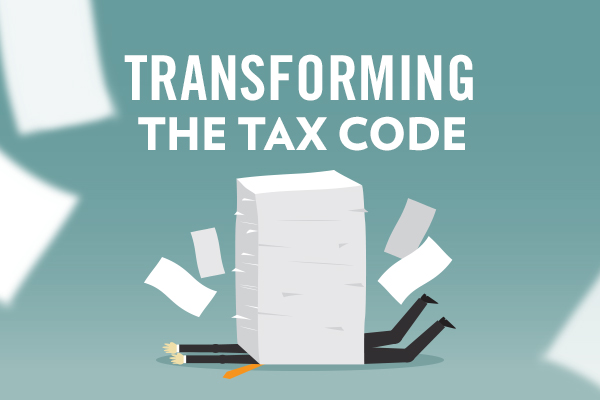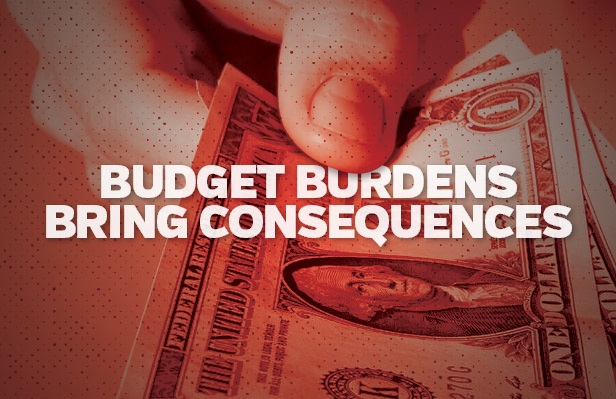Over the next month, CF will recount what happened on major issues in the 2017-18 legislative session and what policies lawmakers need to prioritize in the 2019-20 session to make Pennsylvania a state that attracts business, keeps its young adults, and raises the standard of living for all.
Up first is a look at the last two state budgets and trends in state spending. Lawmakers have held Governor Wolf at bay with spending increases and tax packages that dwarf his proposals, yet unsustainable spending growth continues.
In the last two years, Pennsylvania's total operating budget increased from $79.7 in 2016 to $84.4 billion in 2018. General Fund spending grew from $31.9 billion to $32.7 billion in 2018.
Revenues also grew, but at a much slower rate. Buoyed by federal tax reform and a growing national economy General Fund revenue climbed from $31.6 billion in 2016 to a projected $34.1 billion by the end of the current fiscal year. State spending continues to grow faster than the economy.
(Graph: State Spending Outpaces Economic Growth)
According to the Taxpayer Protection Act index, which sets limits on the growth of spending to inflation plus population growth, the 2017-18 budget exceeded the threshold by $1.8 billion (it would have been far higher if not for $1.5 billion borrowed against future tobacco settlement funds). The 2018-19 budget exceeded the threshold by $295 million.
CF's Nathan Benefield points out the legislature's decision to delay tough financial decisions over the last two years created a projected $1.7 billion deficit for next year. The Independent Fiscal Office warns that absent spending reforms the commonwealth is poised for fiscal disaster as soon as the economy turns.
A recent Mercatus Center report echoes these warnings, ranking Pennsylvania's fiscal condition 35th overall, with an especially low rating of 47th for cash solvency (the ability of the state to cover short-term bills) and 31st in budget solvency (whether a state can cover fiscal year spending with available revenues).
Going forward, the 2019-2020 General Assembly has a chance to implement spending restraint by passing the Taxpayer Protection Act, which passed the state House last year. In addition, state lawmakers should pursue comprehensive tax relief, imitating the success of North Carolina where spending controls and tax relief resulted in robust economic growth and budget surpluses.
If spending limits had been enacted in 2003, the state would currently be spending $2 billion less with no talk of budget deficits. And the average family of four would have $10,000 more in their pockets.
Early 2019 is the time to advance the Taxpayer Protection Act and avoid drastic tax hikes to feed Harrisburg's spending addiction.
(Graph: State Savings Under TPA)
To read other 2017-18 session recap blogs click on the images below.
RELATED : TAXES & SPENDING, PENNSYLVANIA STATE BUDGET, TAX REFORM













